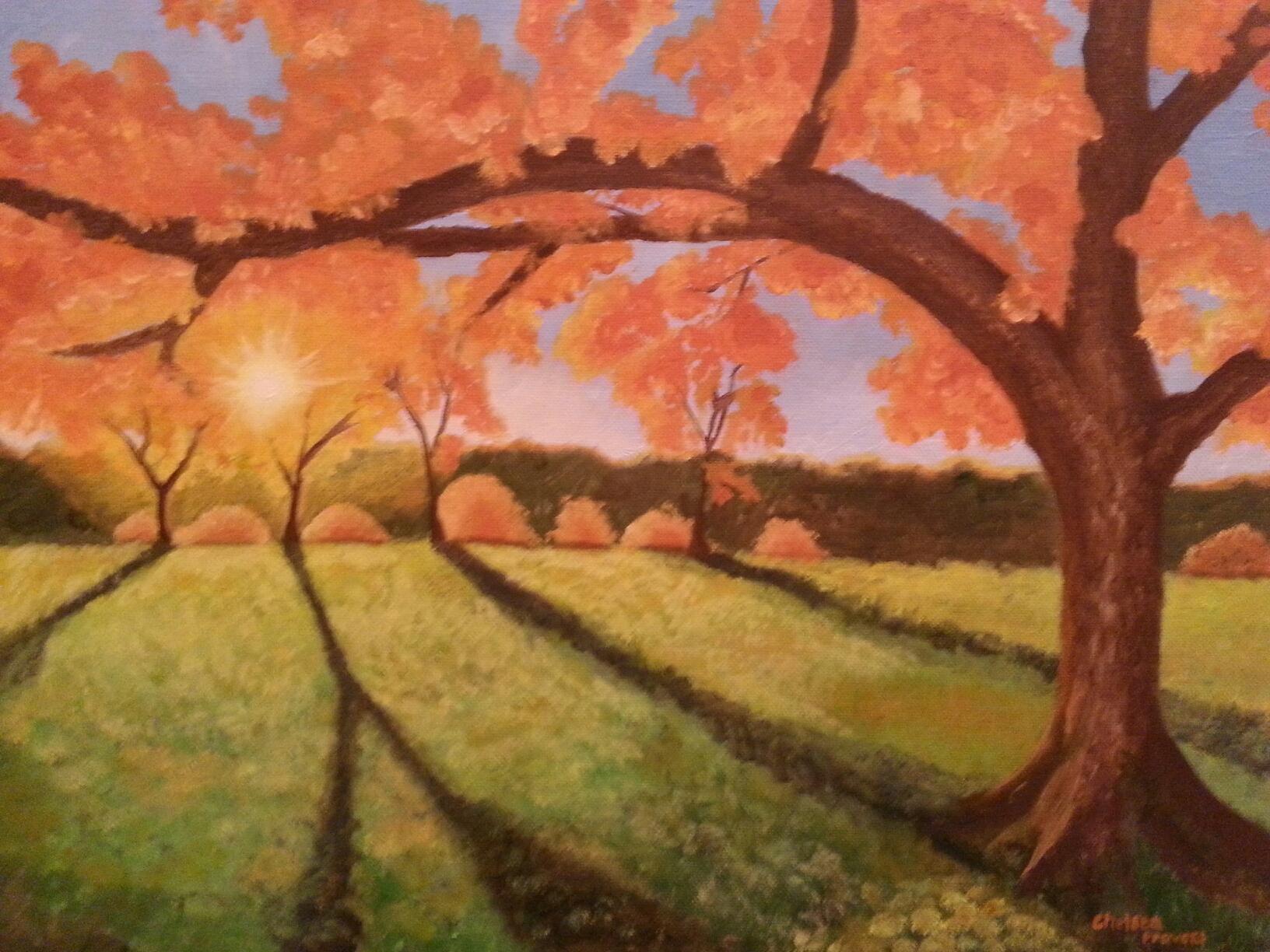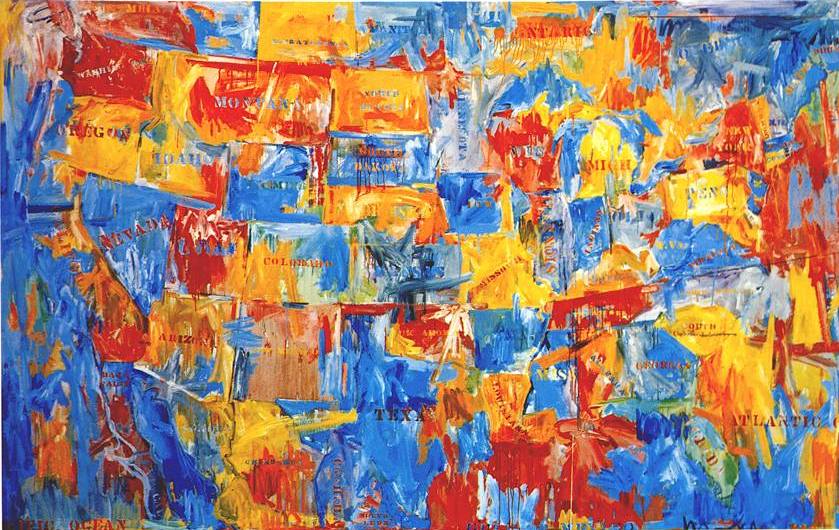History
Reading Assignment
In the article "Digital Divide" by Claire Bishop, Bishop discusses that at first glance contemporary art doesn't appear to have anything to do with digital media, but in fact it does. She writes,
"At first glance, none of these formats appear to have anything to do with digital media, and when they are discussed, it is typically in relation to previous artistic practices across the twentieth century. But when we examine these dominant forms of contemporary art more closely, their operational logic and systems of spectatorship prove intimately connected to the technological revolution we are undergoing."
"At first glance, none of these formats appear to have anything to do with digital media, and when they are discussed, it is typically in relation to previous artistic practices across the twentieth century. But when we examine these dominant forms of contemporary art more closely, their operational logic and systems of spectatorship prove intimately connected to the technological revolution we are undergoing."
In my opinion, physical artwork is not going away anytime soon. Maybe it is because I am biased to this subject because I am a painter, but I feel that most people would agree that traditional painting and sculpting will always be around. We can type essays and notes onto our computers and phones but somehow paper is still being made and used daily. I do not see paper disappearing anytime in the near future. Also, what would we display on our walls? A digitally projected and created work of art? To me it is not the same as a physical work of art that can be framed and moved and admired from several angles. Consider acrylic paint, when it first came to the United States in the 1920's many artists began to use it as their new medium, but oil painting was not abandoned. There's just something fascinating about creating artwork with your hands and being able to manipulate it and change it, even after it is completed. I see digital art as a new medium used in the art world, not something that will replace the traditional forms of art. The internet and technology today are used as a tool to contemporary artists, something that helps us in the process of creating and selling art. This is what Bishop is trying to explain, saying that digital art has not taken over the art world but that technology is used in many aspects of art.
Project


Since I saw Jasper Johns' collection of his "Flags" works, he has become one of my favorite artists of the twentieth century. Mentioned in Christiane Paul's excerpt from Digital Art, Jasper Johns became a popular artist during the 1950's. His style, aesthetically, is similar to mine in many ways, and his paintings are what I hope mine will be one day. Jasper Johns' paintings are typically very vibrant and bold. He's not afraid to use bright hues, especially of the primary colors: red, yellow, and blue, which are reflected throughout his paintings. The texture he adds to his paintings look as if he scraped his painted canvas with the side of his knife. This, as well as varying shades of color throughout the same object contribute to the overall rustic feel and style of his paintings. Main subjects that occur throughout Jasper Johns' work include: maps, targets, flags, and also stencilled letters and numbers.
In Jasper Johns' painting of the United States map, he uses an impressionistic style. This style is portrayed by the incorporation of harsh, visual brush-strokes, and drips of paint. During the creation process of Johns' United States map, the colors blue, red, orange, and yellow could be seen on his pallet. Also integrated in the painting, are the names of all 50 states that he has stencilled onto the canvas.
Similar to Jasper Johns' painting, I have also used an impressionistic style and vibrant colors in my landscape. We have used colors from the same pallet such as several hues of yellow, orange, and blue. You can also see my brush-strokes and use of broken color comparable to Johns' techniques in his work of the map. Jasper Johns' painting and my painting are aesthetically similar in many ways, but in terms of subject matter they are not comparable. His subject matter focuses on material things, such as maps and flags, whereas my subject matter mainly includes landscapes and things in nature.


Since I saw Jasper Johns' collection of his "Flags" works, he has become one of my favorite artists of the twentieth century. Mentioned in Christiane Paul's excerpt from Digital Art, Jasper Johns became a popular artist during the 1950's. His style, aesthetically, is similar to mine in many ways, and his paintings are what I hope mine will be one day. Jasper Johns' paintings are typically very vibrant and bold. He's not afraid to use bright hues, especially of the primary colors: red, yellow, and blue, which are reflected throughout his paintings. The texture he adds to his paintings look as if he scraped his painted canvas with the side of his knife. This, as well as varying shades of color throughout the same object contribute to the overall rustic feel and style of his paintings. Main subjects that occur throughout Jasper Johns' work include: maps, targets, flags, and also stencilled letters and numbers.
In Jasper Johns' painting of the United States map, he uses an impressionistic style. This style is portrayed by the incorporation of harsh, visual brush-strokes, and drips of paint. During the creation process of Johns' United States map, the colors blue, red, orange, and yellow could be seen on his pallet. Also integrated in the painting, are the names of all 50 states that he has stencilled onto the canvas.
Similar to Jasper Johns' painting, I have also used an impressionistic style and vibrant colors in my landscape. We have used colors from the same pallet such as several hues of yellow, orange, and blue. You can also see my brush-strokes and use of broken color comparable to Johns' techniques in his work of the map. Jasper Johns' painting and my painting are aesthetically similar in many ways, but in terms of subject matter they are not comparable. His subject matter focuses on material things, such as maps and flags, whereas my subject matter mainly includes landscapes and things in nature.